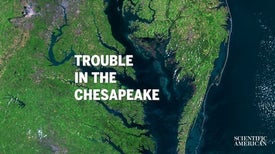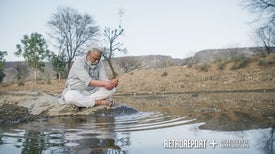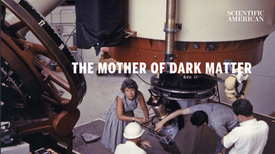The 2020 wildfire season was the worst in California’s recorded history, with more than four million acres burned and almost 10,500 structures destroyed across the state. The fires were heavily covered by the news media, and some reports suggested California had suffered apocalyptic devastation and permanent loss. But the more complicated reality of fire’s long-term impact on forests is often poorly reported and misunderstood.
In this video, we talk to experts who say many accounts of California’s blazes sensationalize the extent of forest devastation while paying less attention to fire’s crucial role in nature.
Chad Hanson is a fire ecologist and director of the John Muir Project, an environmental group that advocates for drastic changes in state and national fire policy. He says fire is a natural and unstoppable reality in California. Hanson believes that in some cases, the state’s forests would be healthier and more resilient if certain fires were allowed to burn.
Another expert also notes that to understand 2020 in context, we need to take a very long view of fires in the forest: Valerie Trouet, a researcher who studies tree rings at the University of Arizona, has observed evidence of wildfires in giant sequoias in California dating back almost 3,000 years. She says that although today’s fires sometimes burn more intensely, they used to burn longer and over much larger areas.








